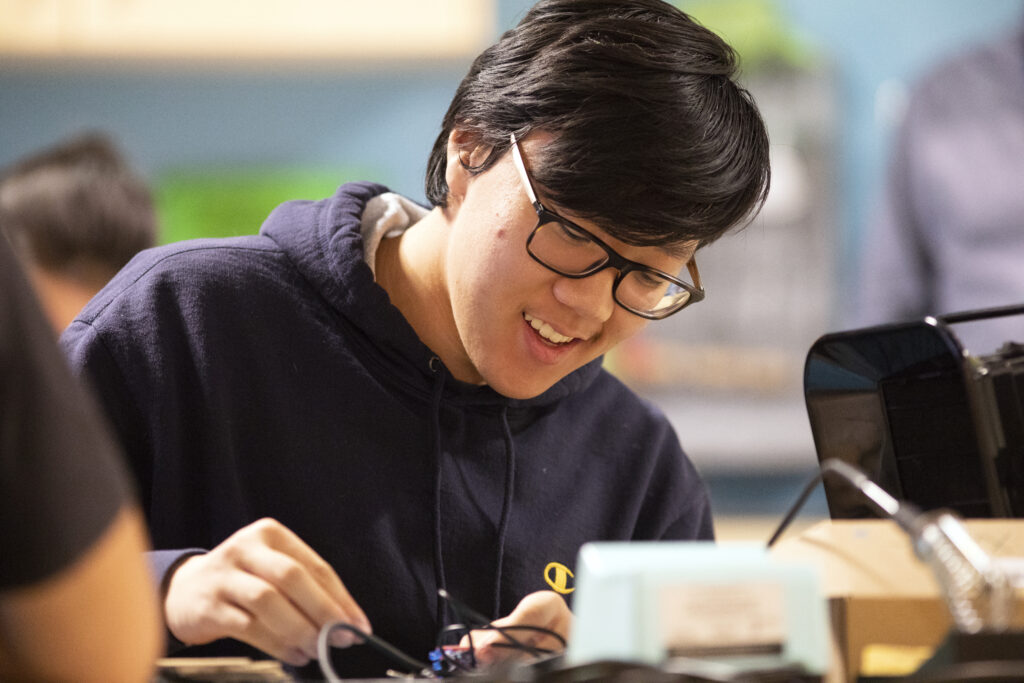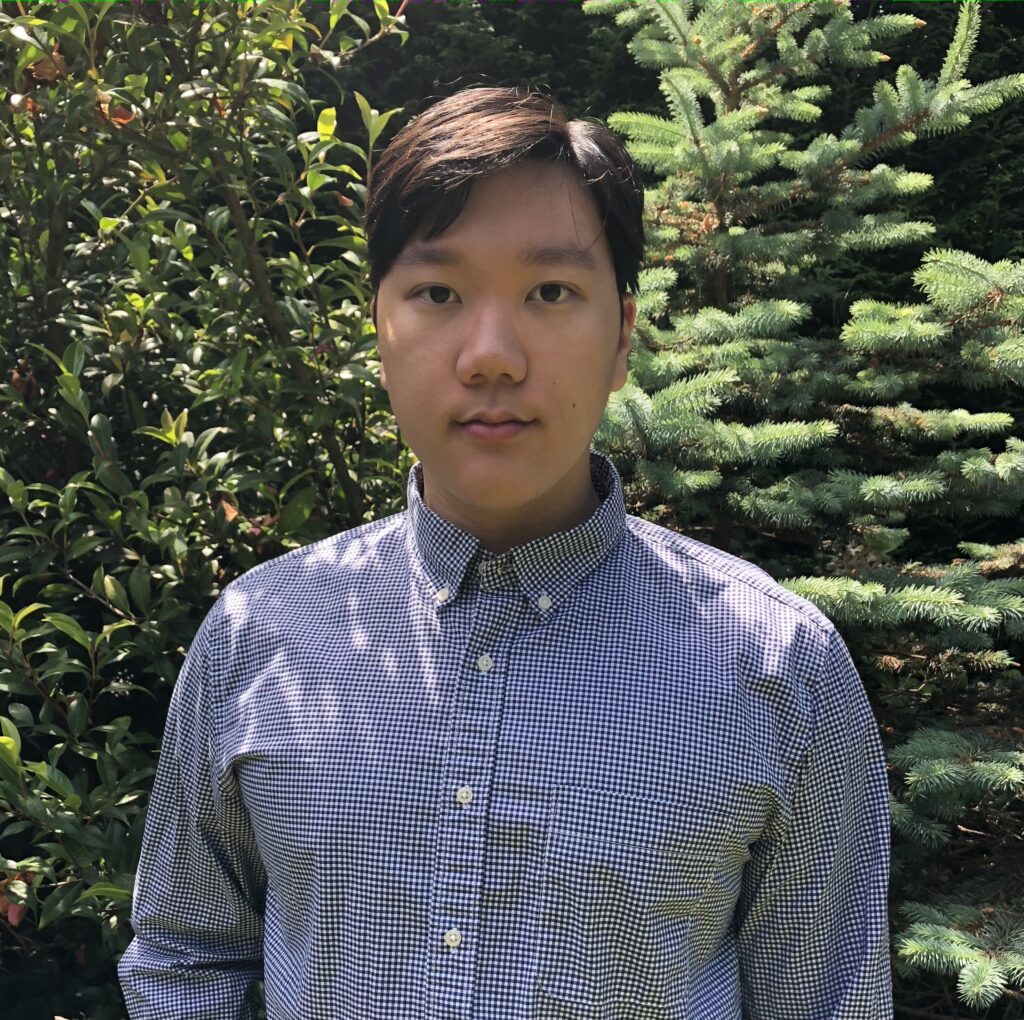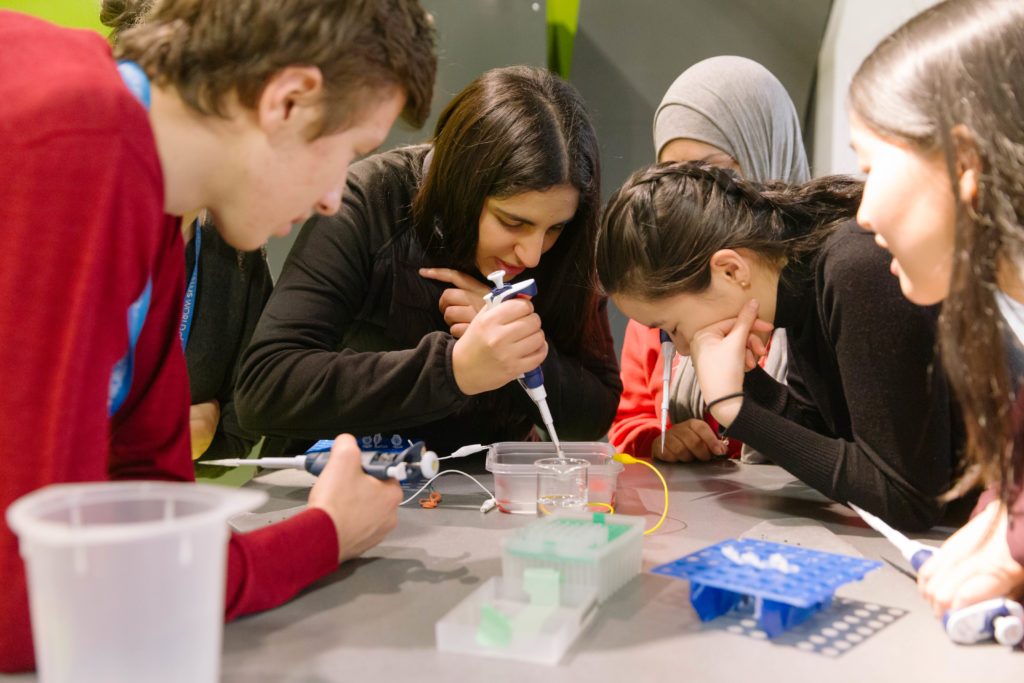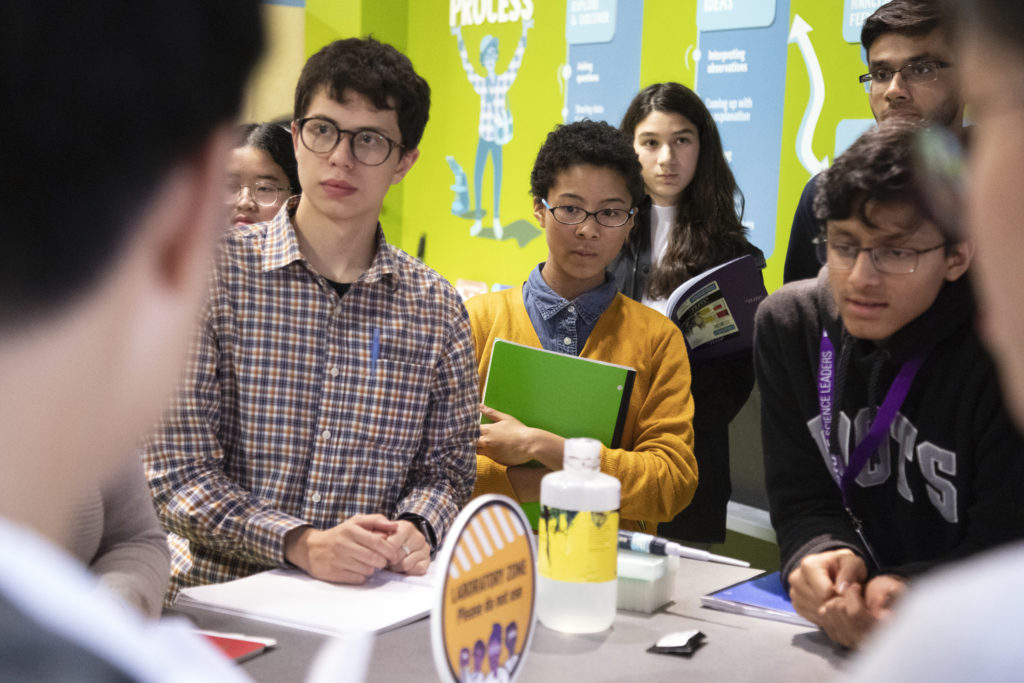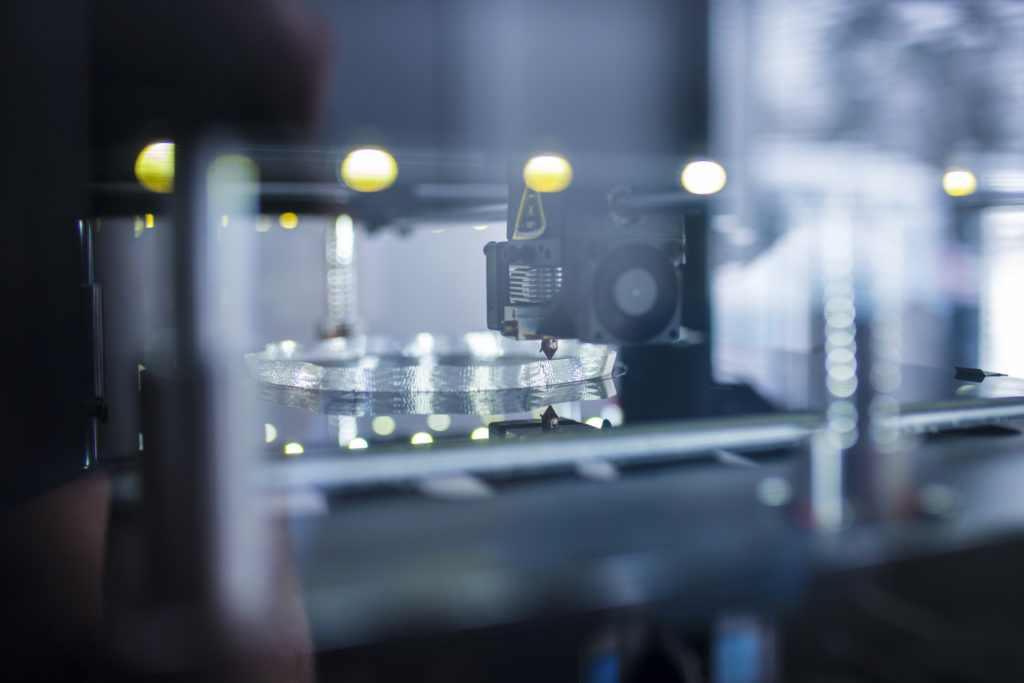To figure out how something works, you must first take it apart.
Under the watchful eyes of his father, an electrical engineer, Xavier disassembled his first machine when he was just five years old. “I wanted to see the mechanism that made a stapler staple,” he says.
And though his attempt to put it back together failed—and nearly resulted in injury—his curiosity for tinkering grew.
He and his father gathered sundry items from around the house and built pretend gadgets that could perform imaginary feats. Through this exploration, his father helped Xavier understand circuits and energy. When Xavier was in grade 8, they even built their own computer together.
Despite his father having a busy work life, Xavier says he always made time to spend with him and his siblings. He emphasized the importance of lifelong learning and helping others. “He was my role model,” Xavier says. “I aspire to be like him.”
When Xavier joined Science World’s after-school science program for teens, Future Science Leaders, his father was “so proud and excited.” There, Xavier would learn advanced techniques and skills under the guidance of mentors, experts and professionals.
Just after Xavier’s first year in FSL, his father received a skin cancer diagnosis. What he’d thought was a mole on his foot was in fact melanoma, which spread to other organs. Within months, he died.
Motivated by his grief, Xavier became determined to help others avoid the same suffering his family had endured. With early detection, the five-year survival rate of skin cancer is 99%. “Accessible and affordable detection technology could save a lot of people,” Xavier says.
So, he set out to build it.
A Place to Tinker
During his remaining time in FSL, Xavier created a project using AI, specifically deep learning, to detect skin cancer and aid in early diagnosis.
He credits his FSL mentor Edward Wang with helping him achieve this goal. Whenever Xavier encountered a problem, Edward—a current med student with a background in medical software—reframed it as something positive. “It just meant I was about to learn something new, bringing me one step forward to completing my project.”
One obstacle for Xavier came in the form of a technical concept called “overfitting.” When an algorithm too closely memorizes its training data—in Xavier’s case, 10,000 pre-classified skin lesion images—it becomes biased and performs poorly on unseen data.
To remedy this, Edward walked him through a process called k-fold cross-validation, which acts as a tool for detecting overfitting. “He explained these really complicated concepts with analogies that just made sense. I was so grateful for his support every week.”
Xavier hopes the fact FSL helped him win $100,000—and become Point Grey Secondary’s first Schulich Leader—inspires more people, and not just teens, “to find what they’re passionate about and then find a place to tinker.”
Algorithms for Good

